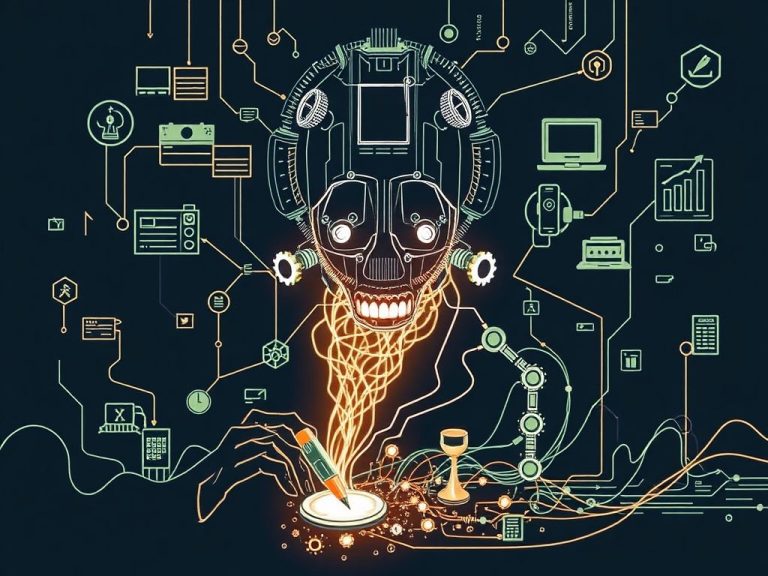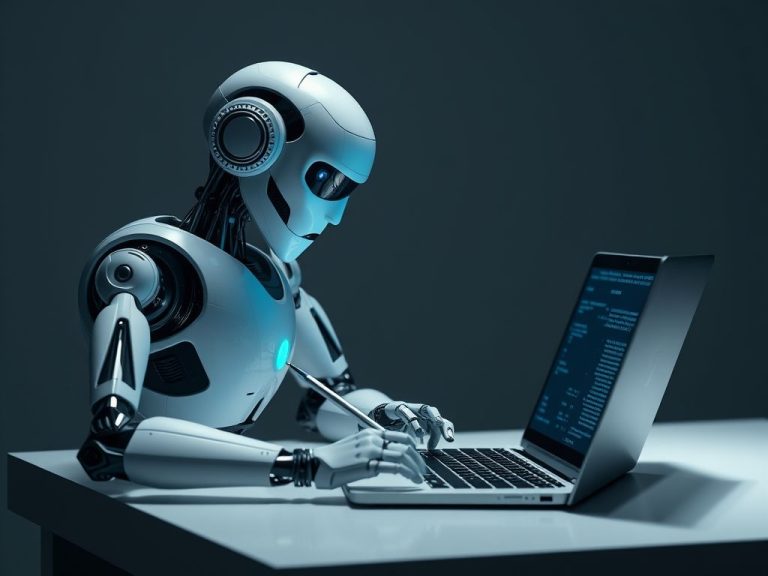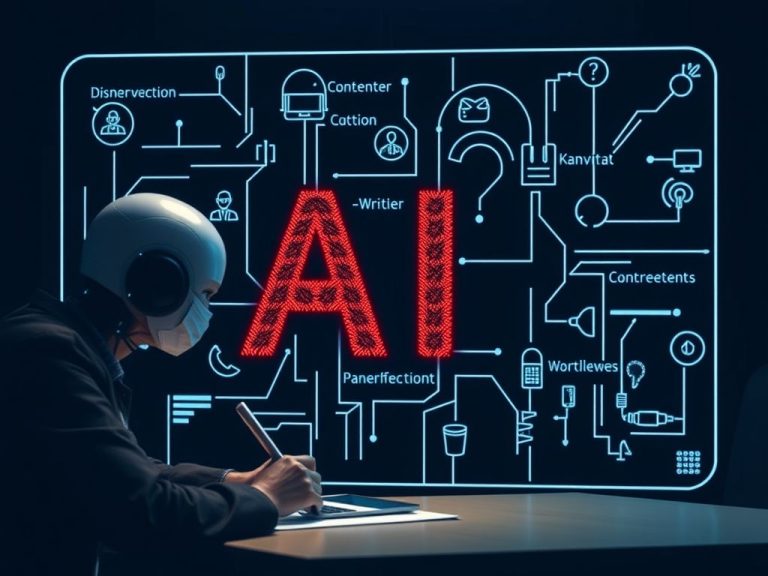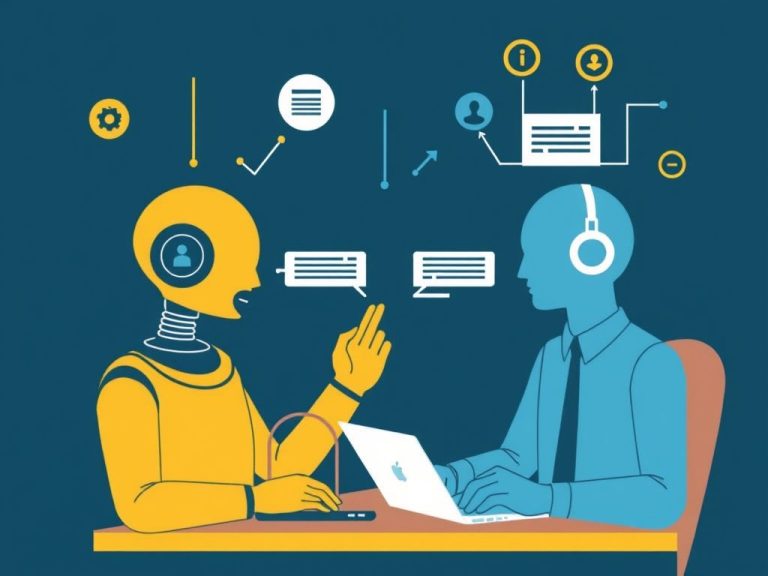The Science Behind AI to Human Text Conversion
Introduction
In the modern era artificial intelligence (AI) is rapidly changing the way we interact with Tech. one of the about renowned advancements is ai’s power to humanise artificial intelligence textbook. This capability is central to many Uses including chatbots voice assistants customer service platforms and content creation tools. the skill seat artificial intelligence to man textbook transition is both Complicated and interesting combine elements of philology car acquisition and spurious speech Methoding (nlp). As AI continues to Develop understanding how these systems bridge the gap between machine-Produced and human text is decisive for businesses educators and tech enThere foreiasts alike.
Understanding Natural Language Processing (NLP)
Natural Language Methoding (NLP) is the backbone of AI’s ability to understand and produce human-like text. nlp allows Calculaters to work analyse and get spurious speech inch amp room that mimics man communicating. It encompasses various subfields such as syntactic analysis semantic analysis sentiment analysis and machine translation. the end of nlp is to enable machines to read the sense seat language phrases and sentences inch the like room man set. important NLP techniques include tokenization lemmatization named entity recognition and part-of-speech tagging. apiece of these helps artificial intelligence go blue compound man speech into tractable parts for easier Edition and propagation.
Machine Learning Models and Algorithms
At the core of AI’s ability to convert ai text into human-like language are sophisticated machine learning (ML) models. These models learn from vast datasets containing human-generated text, enabling them to predict and generate text that is contextually relevant. The most common algorithms in text conversion are supervised learning, unsupervised learning, and reinforcement learning. In supervised learning, the AI system is trained on labeled data, while unsupervised learning involves analyzing patterns in unlabeled data. Reinforcement learning, often used in dialogue systems, teaches AI to interact with users by rewarding correct responses and penalizing mistakes. Recent advancements in deep learning, specifically transformer models like GPT (Generative Pretrained Transformer), have revolutionized the field by significantly improving text generation and comprehension capabilities.
Key Technologies Enabling Text Conversion
Several key technologies power AI’s ability to convert machine text into human-readable language. Deep learning, a subset of machine learning, uses neural networks to model complex relationships in data. These neural networks consist of multiple layers that enable AI to learn and generate highly accurate text patterns. Transformer models, such as GPT-3 and BERT, are particularly significant in NLP because they excel at understanding the context of words within large datasets. Additionally, attention mechanisms in transformer models allow the AI to focus on relevant parts of the input text, making the generated output more coherent and contextually appropriate. These technologies help AI systems not only generate grammatically correct text but also convey meaning in ways that sound natural to human readers.
Challenges and Future of AI in Text Conversion
Despite remarkable progress in AI text conversion, several challenges remain. One of the primary hurdles is ensuring that AI-generated text maintains coherence and relevance over long passages. While AI systems can handle short text generation relatively well, creating sustained, meaningful dialogue or content still presents difficulties. Additionally, the lack of human-like understanding of nuanced emotions, sarcasm, and cultural references can sometimes lead to inappropriate or nonsensical output. As AI continues to evolve, researchers are exploring more advanced models that can better capture the subtleties of human language. Future advancements in AI may include improved sentiment analysis, context awareness, and ethical considerations in text generation. Overcoming these challenges will allow AI systems to provide even more accurate and human-like communication in a wide variety of applications.
Table: Key Concepts in AI to Human Text Conversion
| Concept | Description | Relevance to AI Text Conversion |
|---|---|---|
| Natural Language Processing (NLP) | A field of AI focused on enabling machines to understand and generate human language. | NLP is essential for AI to process and interpret human language in text conversion. |
| Machine Learning (ML) | A subset of AI where machines learn from data and improve their performance over time. | ML algorithms help AI learn from large text datasets to generate human-like responses. |
| Deep Learning | A form of machine learning using neural networks to model complex relationships. | Deep learning models, especially transformers, enable high-level text generation. |
| Transformer Models | Advanced neural network models that understand context in large datasets. | Transformers, like GPT-3, are crucial for producing coherent and contextually accurate text. |
| Attention Mechanisms | A mechanism in transformers that helps AI focus on important parts of the text. | Attention mechanisms ensure relevant information is prioritized during text generation. |
By combining these advanced technologies, AI has become increasingly capable of producing text that not only adheres to grammatical rules but also conveys meaning in ways that are more natural and human-like. With continued research and development, the future of AI in text conversion is full of exciting possibilities, from enhancing customer interactions to revolutionizing content creation.
Conclusion
The science behind AI to human text conversion is a multifaceted field that combines linguistic theory with cutting-edge machine learning technologies. As AI continues to improve, the ability to create human-like text will expand across industries, offering more personalized and interactive experiences for users. The integration of NLP, machine learning algorithms, and deep learning models like transformers has already made significant strides in bridging the gap between machine-generated and human language. However, challenges still exist, and the future of AI in text generation holds immense potential for more advanced and intuitive systems. By continuing to push the boundaries of AI, we are moving closer to a future where machines can communicate with humans in ways that feel truly natural.






